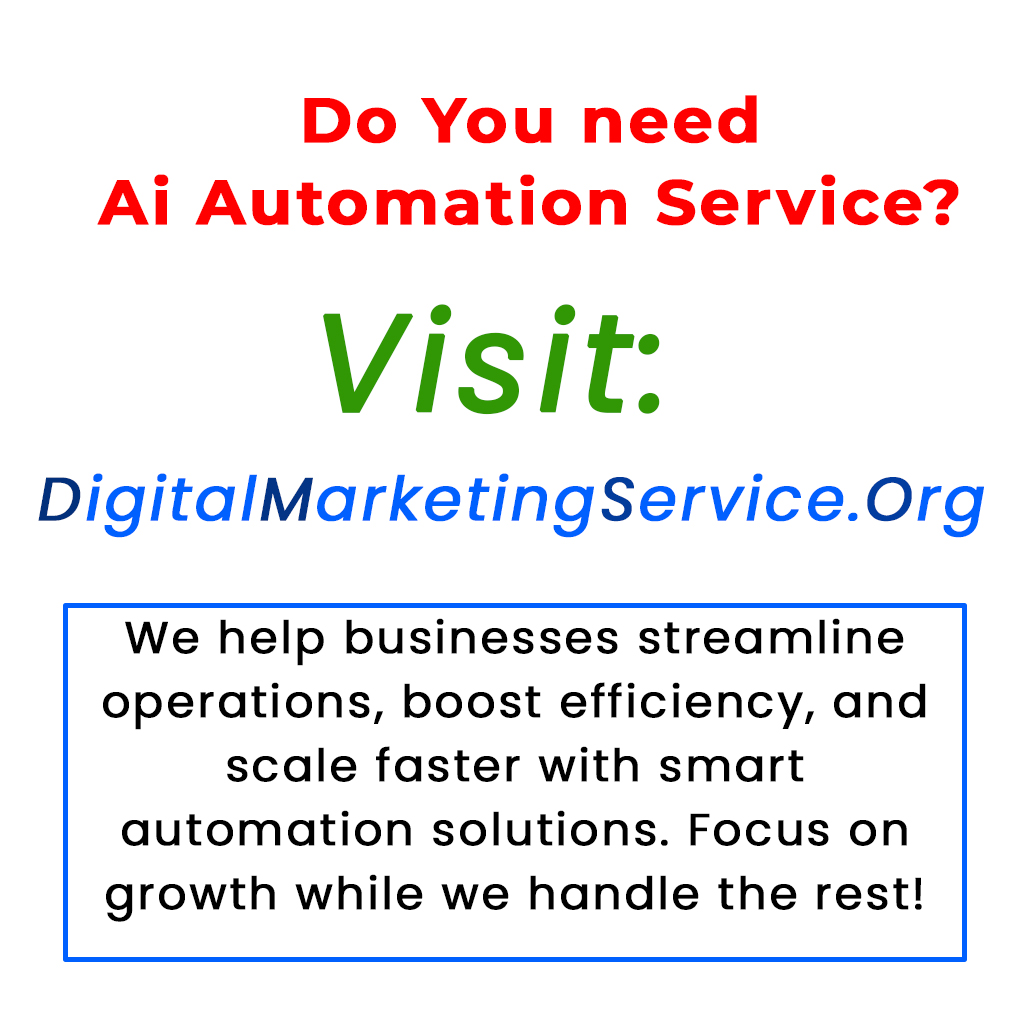Businesses of all sizes, from local shops to large retailers, are turning to smaller AI models for significant cost savings and efficiency. These compact models can handle tasks like managing inventory and automating customer service with the same accuracy as larger systems but at a lower expense. H2O.ai recently introduced lightweight models that excel in document processing, allowing smaller companies to compete more effectively. While these AI tools can streamline operations, they are designed to assist rather than replace human workers, enhancing productivity without displacing jobs. This shift opens new opportunities for startups to innovate without incurring overwhelming technology costs, making advanced analytics more accessible.
In today’s rapidly evolving business landscape, companies ranging from small corner stores to large retail giants are embracing the power of compact artificial intelligence (AI). These smaller language models are proving to be just as effective as their larger counterparts but come at a significantly lower cost. A recent example of this shift is the introduction of small AI models by H2O.ai, which are transforming business operations by efficiently managing tasks like inventory and customer service.
Steven Sermarini from Radial highlights that these smaller models can provide valuable solutions for small and medium businesses (SMBs) by helping them manage inventory and automate customer service. Unlike traditional, larger AI systems that require extensive computing resources, these compact models process information using only millions of parameters, making them faster and more accessible.
H2O.ai has launched two new models designed for document processing purposes, which are available on Hugging Face. These models, with 0.8 billion and 2 billion parameters, perform well in tasks like optical character recognition, proving that less can indeed be more when it comes to AI.
Although the efficiency and cost-effectiveness of these smaller models are groundbreaking, experts remind us that implementing AI in retail and logistics isn’t solely about savings. Stephen DeAngelis from Enterra Solutions points out that thorough training, high-quality data, and specific domain knowledge are still essential for overcoming the challenges in supply chain management.
The rise of these smaller AI models also creates opportunities for startups, allowing them to compete in the retail space without hefty investments in AI infrastructure. They can now focus on high-value tasks such as dynamic pricing and demand forecasting with lightweight models.
While these AI advancements help automate repetitive tasks in areas like customer service and warehousing, experts, including Hardik Chawla from Amazon, emphasize that AI is not here to replace humans. Instead, it augments their capabilities, enabling better efficiency and service quality. As industries adapt to this technology, the need for reskilling and upskilling the workforce becomes increasingly important.
Overall, the move towards smaller AI models is reshaping how businesses operate, ensuring that innovation and competition remain accessible to all.
Tags: AI, small language models, H2O.ai, small business, customer service, inventory management, Radial, startups, automation.
What are tiny AI models?
Tiny AI models are smaller and simpler versions of artificial intelligence systems. They can perform tasks and make decisions while using less computing power and memory.
How can tiny AI models help retailers?
Tiny AI models can help retailers by analyzing data quickly and providing insights. This can improve inventory management, customer service, and personalized Marketing, leading to cost savings.
Do tiny AI models require a lot of training?
No, tiny AI models usually require less training than larger models. They can be trained with less data, making them faster and more efficient to set up.
Are tiny AI models expensive to implement?
No, tiny AI models are generally cheaper to implement because they need less computing power and resources. This can lower the overall costs for retailers.
Can tiny AI models work on smartphones or other devices?
Yes, tiny AI models are designed to run on smaller devices like smartphones and tablets. This allows retailers to use them in various settings, improving their operations on the go.






